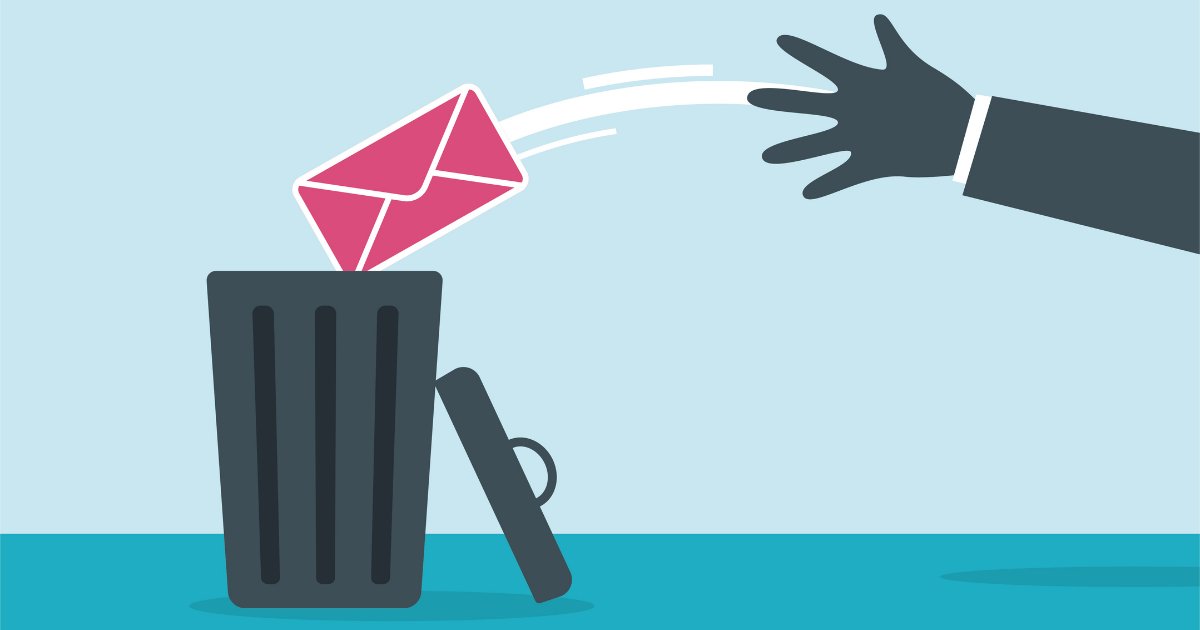When Google and Yahoo jointly announced new email deliverability rules in early 2024, most marketers saw no cause for alarm.

If anything, those rules seemed like a potential boon—filtering out the most egregious spammers and thus making the messages of good-faith actors more visible.
Well, as roughly a million panicked Reddit posts can attest, things didn’t quite play out that way. Very shortly after implementation, marketers watched in horror as carefully executed campaigns imploded, tumbling one by one into the void.
More than a year’s experience has dug some brands out of the trenches, but the struggle is still very much ongoing. The customer’s inbox increasingly feels like an ultra-exclusive nightclub with an arcane, if not outright opaque, admissions policy.
But there is hope for marketers who are looking to get past the velvet rope and in front of the audiences that matter to them.
Here are four tips on how to increase email deliverability while minimizing the risk of penalization.
1. Figure out the kind of block you’re dealing with
In email deliverability, as in life, you won’t get very far without determining the precise nature of what you’re up against. If your emails are failing to get through to their intended audience, you’re likely dealing with one of two things: a hard block or a soft block.
If you’ve been hard-blocked, you likely know about it already, as you’ll be receiving bounceback messages with specific error codes.
Quite often, the hard block can be attributed to overzealous filtering. For instance: the mailbox provider might be mistaking you for a known bad actor. In such cases, your email service provider can be a valuable asset. Typically, it has relationships with the big mailbox providers and can advocate for your case.
Soft blocks are harder to get a handle on: If you’re seeing lower opens or conversions, it could mean your emails are being sent to spam, but it’s hard to know for sure. Using seed email lists to monitor deliverability can be a huge help in getting a handle on what problem you’re dealing with.
2. Ramp volume up slowly, but not too slowly
If you discover that you’ve been soft-blocked by Gmail or Yahoo, your next step is to begin the process of domain recovery.
In a sense, what you’re engaged in here is reputational rehab. You want to prove to the big mailbox providers that people like your brand, that your emails aren’t a nuisance, and that soft-blocking you is a disservice to their customers. Keep reading…




